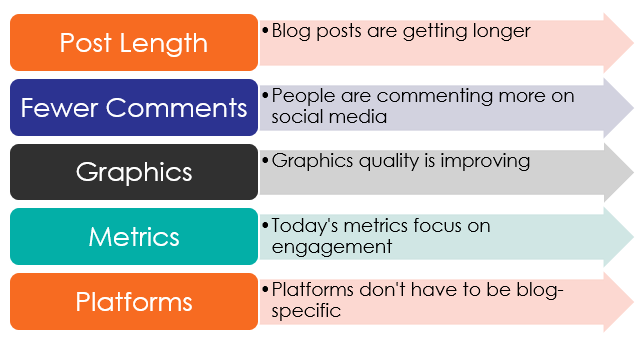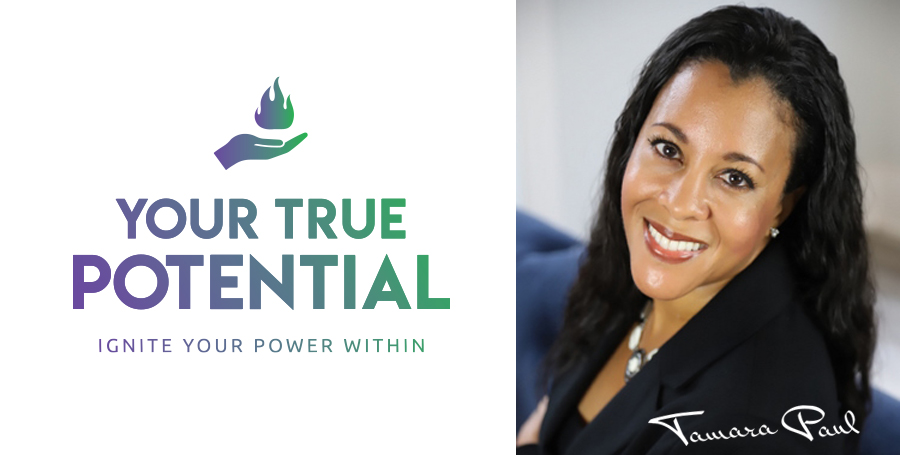Welcome to
Blog Like a BossHow to Blog Like A Pro…
Introduction
“”Don’t focus on having a great blog. Focus on producing a blog that’s great for your readers.”
Brian Clark, CEO of Rainmaker Digital, founder of Copyblogger, serial entrepreneur
”
Blogging has been around since the late 1990s but in recent years it has undergone changes. The blog is not the same as it was twenty years ago.
The word “blog” comes from a shortening of the word “weblog.” The weblog of years past was an online journal where a writer might post to their site a couple of times a week or more. Now, the blog has become a robust system of content creation and engagement across multiple platforms including not only the site itself but social media.
How Blogging Has Changed
Blogging previously focused on consistent and frequent posting, in part to boost search engine optimization. However, this strategy has largely been abandoned today, with bloggers focusing instead on quality over quantity. A blogger today posts less frequently but writes content that is more highly targeted to their readers and their needs. Awareness is more likely to come from social media shares and other forms of engagement on the part of the audience, rather than reliance on search engines.
Bloggers used to grow their readership by interacting with others on the blog platform. They would comment on other blogs, write guest posts, add blogs to their blog roll, and so on. Today, bloggers still use those methods to grow their readership, but they’ve added more tactics. These activities have expanded to engaging audience members, tagging, liking, sharing, and so on.
The rise of social media has meant the blurring of lines between social media and blogging. You can blog using social media directly, writing “microblog” posts on Twitter or longer-form content on Facebook.
Finally, blogging used to be a hobby or leisure activity, but today it’s a viable career.
Modern Trends in Blogging
Here are some of the current trends in blogging which are expected to continue into the near future.

Post Length. Blog posts are increasing in length. They are becoming more substantial and delving deeper into the topics they address. The trend is for quality over quantity (number of posts) and readers expect greater value from what they read.
Fewer Blog Comments. There are increasingly fewer comments on blogging platforms themselves. Instead, readers are interacting with blog content on social media. This means that more bloggers are turning off comments features on their blogs and instead encouraging comments on social media, including using plugins to embed the social comments in their blogs.
Graphics. Blogging isn’t about text-based content only. Graphics have always been part of blogging, and today the quality of graphics is improving greatly. This is partly because bloggers have greater access to professional online graphics software that simplifies the creation of high-quality images.
Images can play a role in telling a story by helping give context to the text. With the shift to social media, images come in handy because visual content gets more engagement and sharing. Visual content includes high-resolution images, infographics, icons, visual data, and video.
Metrics. Metrics used to focus on traffic or page views with the aim of gaining and maintaining as many readers as possible. Today’s metrics focus also on data that measure and track engagement. Rather than looking strictly at numbers, as in the past, modern bloggers look more at how readers are interacting with their content.
Platforms. Bloggers have always used WordPress and other one-stop blogging platforms that include various built-in features. However, other newer options have arisen over time that are just as easy to use. It’s not a requirement that a blogger must choose a blogging-specific platform to reach their readers.
By the time you complete this course, you will be able to:
- Define your target reader so that you can home in on the right topics, voice, and writing style. This saves you time and energy while growing your readership. You’ll learn how to create a reader profile and identify the hot topics for your target audience
- Write captivating and shareable blog posts, which includes planning, drafting, using writing best practices, and exploring the anatomy of top blog posts
- Share your blog post with the world in a way that maximizes engagement and puts your content in front of as many people in your target market as possible
- Identify the best ways to create a sustainable source of income from your blogging efforts
- Evolve your blogging practice by implementing tactics for effective blog planning, organization, consistency, and self-motivation
Activity:
- What is the typical length of your blog posts? Do you have any posts in the 900-1000 word range? Use this target number as your new minimum length.
- What social platforms are you currently using? How are you engaging with your audience about your blog posts on social media?
- What metrics are you currently using to track the effectiveness of your blog posts?
A Word
From Tamara
As an entrepreneur myself I completely understand the stress, anxiety and frustration around launching or growing a business. I also know the rewards and life style change the hard work can provide you if you stay focused. I am here to inspire and motivate you to push forward. The fact that you’re investing in your business education let’s me know you’re in this to win. Rest assured I’m here to help you…. These courses are set up to help you understand the basics. To dig deeper into your specific plan of action we will discuss where you are, where you want to be, eliminate any blocks preventing you from getting to the next step and create an action plan.

Our superpower is making you a superhero.

